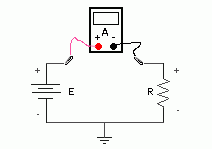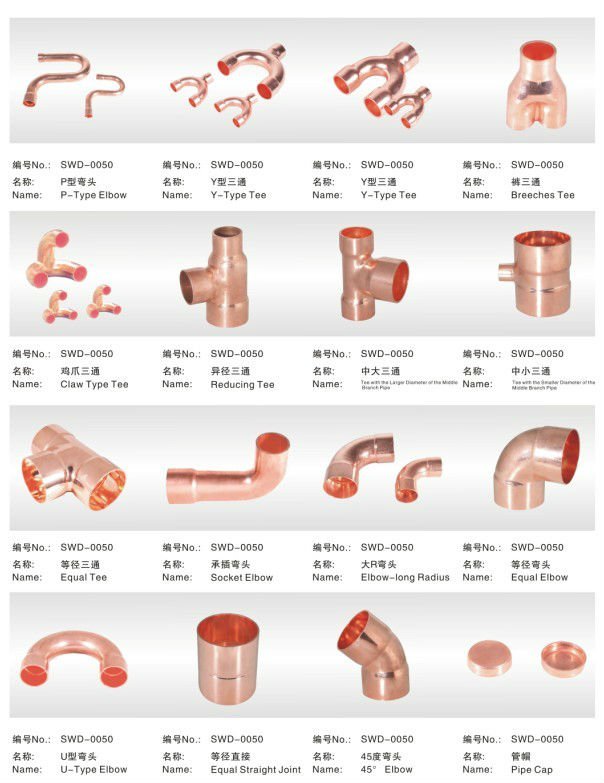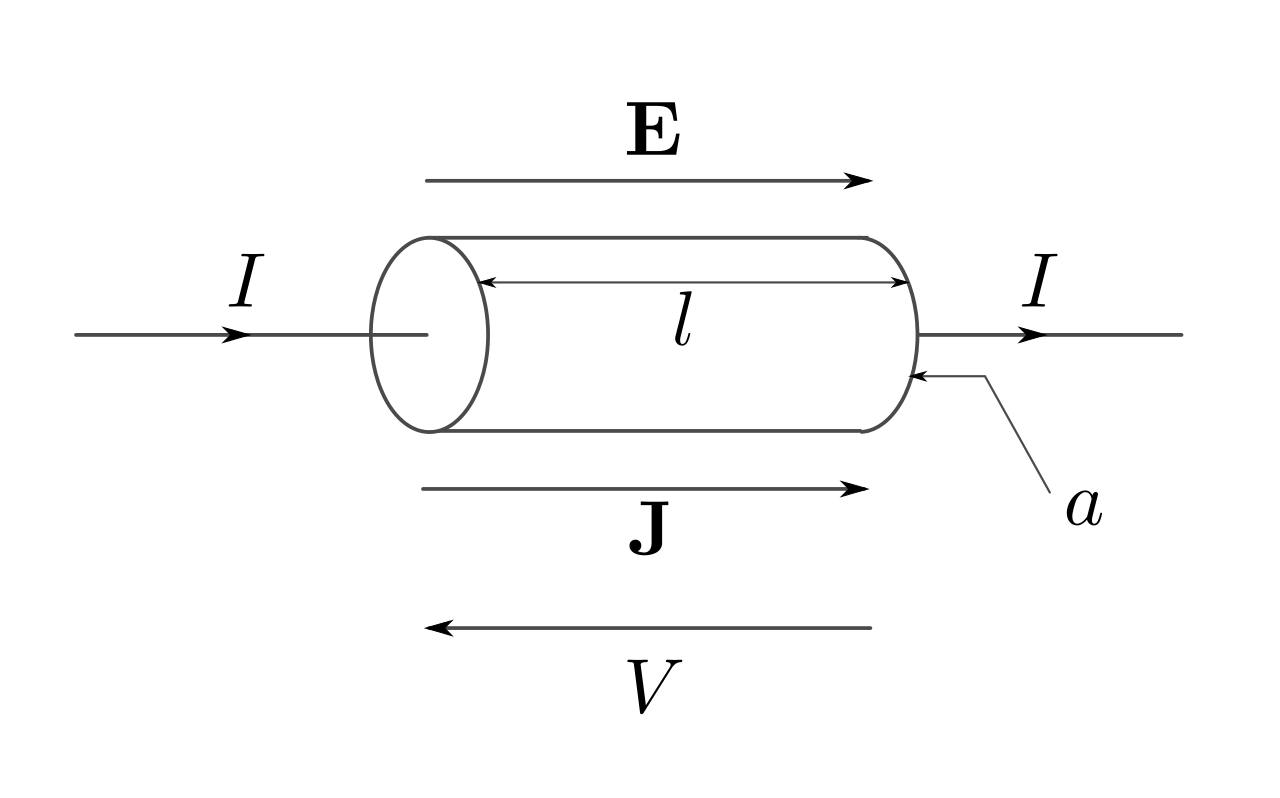Tipo de compresores de aire acondicionado según su fabricación
Compresor hermético
El compresor hermético generalmente suele ser
utilizado en instalaciones pequeñas y de baja potencia ya que tienen un menor
coste y utilizan un menor espacio dentro de la unidad, este tipo de compresor
es refrigerado directamente por el propio refrigerante y no requieren de
transmisiones entre el motor y el propio compresor. Por contra, cuando un
compresor hermético se avería, la reparación de este resulta más cara al no poder
acceder al interior de este de manera fácil, generalmente este tipo de compresor
es sustituido y no reparado.
Compresor semihermético
El compresor semihermético es utilizado
habitualmente en instalaciones de media potencia, estos tienen el motor y el
compresor instalados dentro de un recipiente a presión y accesibles para su
reparación en caso de avería. Estos se pueden subdividir en dos clases, los
enfriados por aire que suelen ser de baja potencia y los enfriados por
aspiración.
Compresor abierto
Este tipo de compresores de aire acondicionado al
ser más versátiles y accesibles se suelen utilizar en medias y grandes
potencias, los compresores abiertos son totalmente accesibles para su
reparación y la transmisión se realiza en el exterior por medio de correas por
lo que a causa de esto suelen presentar más problemas de vibraciones y es
necesario una correcta alineación y tensión de las mismas.
Tipos de compresores de aire acondicionado según su funcionamiento
/ Tecnología
Compresor alternativo de pistón
Estos se basan en la transformación del un
movimiento rotativo en otro alternativo similar a los motores de un coche pero
en sentido inverso, están formados por una cámara de compresión en forma de
cilindro y un pistón que se desplaza interiormente por dicho cilindro. El
pistón está unido a
Funcionamiento de un compresor alternativo de
pistón.
Compresor
alternativo de pistón.
través de una biela de transmisión a un motor
accionador. Al girar el motor, la biela describe un movimiento de vaivén,
succionando el gas de entrada a través de la válvula de admisión cuando
retrocede el pistón, comprimiendo el gas cuando avanza el pistón y expulsando
el gas a través de la válvula de escape cuando el pistón llega al final de su
recorrido.
Los segmentos colocados en el émbolo aseguran la
estanquidad entre éste y el cilindro, separando la alta presión (interior del
cilindro) de la baja presión (cárter).
En los compresores pequeños en lugar de segmentos
se utilizan pistones con ranuras, que aseguran la estanquidad por las
importantes pérdidas de carga que sufre el gas al atravesarlas y por la
película creada por el aceite de lubricación.
Compresor rotativo de pistón rodante
En general, los compresores de aire acondicionado
rotativos poseen acoplamiento directo del motor y no tienen válvulas de
admisión, circulando el gas siempre en el mismo sentido. Admiten elevadas
relaciones de compresión ya que el abundante aceite del mismo ayuda a lubricar
y además ayuda a eliminar el calor producido por el propio compresor. Estos
están sujetos a mucha menos vibración mecánica que los compresores
alternativos.
En los compresores de pistón rodante, el eje motor
y el eje del estator son concéntricos, mientras que el eje del rotor es
excéntrico. Al deslizar el rotor sobre el estator se establece entre ellos un
contacto, que en el estator tiene lugar a lo largo de todas y cada una de sus
generatrices, mientras que en el rotor solo a lo largo de una, la
correspondiente a la máxima distancia al eje motor.
Compresor rotativo de pistón rodante.
La admisión del vapor se efectúa a través de la
lumbrera de admisión y el escape a través de la válvula de escape. El vapor
aspirado en el compresor, que llena el espacio comprendido entre el rotor y el
estator, se comprime de forma que, al girar, disminuye progresivamente su
espacio físico hasta que alcanza la presión existente en la válvula de escape, que en ese momento
se abre, entonces tiene lugar la expulsión o descarga del vapor.
Compresor rotativo de tornillo
El compresor de tornillo utiliza un doble conjunto
de rotores (macho y hembra). El rotor macho tiene usualmente 4 lóbulos que
engranan dentro de los 6 alvéolos del rotor hembra (disposición 4 + 6),
hallándose este rotor accionado por el primero y siendo los sentidos de giro
opuestos. Otras variantes especiales son por ejemplo la 5 + 7.
El gas, debido al giro queda prisionero entre los
espacios de los rotores, siendo transportado de un extremo al otro del
engranaje donde se hallan la admisión y el escape.
Cada una de las cámaras de trabajo se comporta
como si el cilindro fuese un compresor alternativo, donde cada diente del rotor
conductor hace las veces de pistón, que primero cierra y después comprime el
volumen inicialmente atrapado, por lo que un compresor helicoidal no es sino un
compresor alternativo de seis cilindros helicoidales, en el que se han
eliminado el cigüeñal, el espacio residual y las válvulas de admisión y escape.
Rotores de compresor de tornillo.
Rotores de compresor de tornillo.
Partes de un compresor de tornillo.
Partes de un compresor de tornillo.
Funcionamiento de un compresor de tornillo.
Funcionamiento de un compresor de tornillo.
El gas es comprimido de un modo continuo por los
rotores hasta que los lóbulos están engranados totalmente. Esto elimina la
indeseable condición existente en los compresores alternativos, donde el gas en
el volumen de holgura entre el pistón y la parte superior del cilindro se
reexpande por el interior del cilindro, dando lugar a una reducción del
rendimiento volumétrico y a un incremento en el consumo de potencia.
Una característica esencial en los compresores de
aire acondicionado de tornillo es la ausencia de toda válvula tanto de descarga
como de aspiración. Por el contrario, requieren de un alto grado de calidad en
las tolerancias, lo cual supone elevados costes de fabricación. La relación de
compresión interna está determinada por la forma de los orificios de aspiración
y descarga.
Compresor scroll o rotativo de espiral
El compresor Scroll utiliza dos piezas en forma de
espiral, una fija (la superior) y la otra móvil (inferior) accionada por el eje
del motor. El centro de rotación de la espiral móvil está decalada en relación
con el de la espira fija y superior con una excentricidad “e” llamada “radio
orbital” que permite la compresión volumétrica de los vapores aspirados.
Funcionamiento de compresor Scroll.
Funcionamiento de compresor Scroll.
La espiral inferior no describe un movimiento
rotativo, sino que se trata de un movimiento giratorio de traslación. Entre
ambas piezas (espiral fija y móvil) van creando desde la boca de admisión y de
manera continua una cámara de compresión de volumen decreciente por lo que la
presión va aumentando. Al final del recorrido del gas y cuando el volumen de la
cámara de compresión es mínima, éste es expulsado por la salida de expulsión.
En la descarga existe una válvula de retención que evita el retorno de gas a
alta presión hacia la parte de baja presión a la parada de la máquina.
Actualmente se están incorporando a los
compresores de aire acondicionado scroll variadores de frecuencia para la
regulación de la capacidad, incidiendo sobre la velocidad de giro del compresor
(inverter).
Compresor centrífugo o turbocompresor
El compresor centrífugo utiliza la fuerza
centrífuga provocada por la gran velocidad periférica en que el fluido sale de
los álabes del rotor, velocidad que al pasar seguidamente a través de un
difusor con la consiguiente caída de velocidad, obtiene como contrapartida un
aumento de la presión. Las velocidades normales del motor utilizado en los
compresores alternativos, espiral y de tornillos son de unas 3.000 rpm. Para
algunos compresores centrífugos de una sola etapa, con caja de engranajes, se
utilizan velocidades de 30.000 rpm. Por tanto, son máquinas de alta velocidad
capaces de manejar volúmenes muy grandes de gas refrigerante con bajas
relaciones de compresión. La caja de engranajes tiene dos engranajes: el
engranaje motor, más grande, y el engranaje accionado, que se mueve más rápido.
Si la presión de descarga aumenta demasiado o la
presión de vaporización baja demasiado, el compresor no puede resistir la
diferencia de presión y deja de bombear. El motor y el compresor siguen
girando, pero el refrigerante deja de moverse desde el lado de baja presión al
de alta presión del sistema. El compresor y el motor no se verán dañados salvo
que se dejen en este estado de sobrepresión mucho tiempo.
Los fluidos frigorígenos utilizados son casi
siempre los de tipo halogenado, aunque en las industrias petrolíferas y
químicas se utilizan muy frecuentemente, en los compresores centrífugos,
metano, propano, etileno y propileno.
Su gama de potencia frigorífica se extiende de 350
kW a 12.000 kW y las temperaturas de vaporización pueden variar de +10 C a -160
C. Se utilizan para climatización como enfriadoras de agua.
Type air conditioning compressors by manufacturing
Hermetic Compressor
The
hermetic compressor generally usually used in small, low-power
installations because they have a lower cost and use less space within
the unit, this type of compressor is directly cooled by the refrigerant
itself and require no transmissions between the engine and the
compressor itself. By contrast, when a hermetic compressor fails, this
repair is more expensive unable to access the inside of this easily,
usually this type of compressor is replaced, not repaired.
Semi-hermetic Compressor
The
semi-hermetic compressor is typically used in medium power
installations, they have the motor and compressor installed inside a
pressure vessel and accessible for repair in case of failure. These can
be divided into two classes, the cooled air are usually low power and
cooled by suction.
Open Compressor
This
type of air conditioning compressors to be more versatile and
accessible are usually used in medium and large powers, open compressors
are fully accessible for repair and transmission is performed abroad by
straps so because of this usually they have more vibration problems and
need proper alignment and tension of them.
Types of air conditioning compressors according to their performance / Technology
reciprocating piston compressor
These
are based on the transformation of rotary motion similar to a car
engines alternative but in reverse, are formed by a compression chamber
into a cylinder and a piston which moves inwardly by said cylinder. The
piston is attached to
Operation of a reciprocating compressor piston.
reciprocating piston compressor.
through
a connecting rod transmission to a drive motor. By turning the engine,
the crank describes a reciprocating movement, sucking the gas inlet
through the intake valve when backing the piston, compressing the gas
when the piston advances and expelling the gas through the exhaust valve
when the piston reaches the end of its route.
The
segments in the plunger as seals between it and the cylinder separating
the high pressure (inside the cylinder) of the low pressure (pan).
In
small compressors instead of piston segments with slots, as seals for
the substantial losses suffered by the gas to pass through them and the
film created by the lubricating oil used.
Rolling piston rotary compressor
In
general, air conditioning compressors have direct coupling rotary
engine and have no intake valves, the gas circulating always in the same
direction. Support high compression ratios as the same abundant oil
helps lubricate and helps to remove the heat produced by the compressor
itself. These are subject to much less mechanical vibration than
reciprocating compressors.
In
rolling piston compressors, the motor shaft and the stator are
concentric, while the rotor is eccentric axis. By sliding the rotor on
the stator is set including a contact in the stator occurs along each
and every one of its generatrices, while the rotor only along one,
corresponding to the maximum distance the mainshaft.
Rolling piston rotary compressor.
Admission
of steam is performed through the intake port and exhaust through the
exhaust valve. The vapor sucked into the compressor, filling the space
between the rotor and stator, is compressed so that, when rotating,
gradually decreases its physical space until it reaches the pressure in
the exhaust valve, which at that time open, then the expulsion or steam
discharge takes place.
Rotary screw compressor
The
screw compressor uses a double set of rotors (male and female). The
male rotor lobes usually 4 engaging within 6 alveoli of the female rotor
(disposition 4 + 6), being this rotor driven by the first and still the
opposite directions of rotation. Other special variants are for example
the 5 + 7.
Gas,
due to the rotation is caught between the spaces of the rotors, being
transported from one end to the other gear where the intake and exhaust
are.
Each
of the working chambers behaves as if the cylinder was a reciprocating
compressor, wherein each rotor tooth driver acts as piston, which first
closes and then compresses the volume initially trapped, so a scroll
compressor is but a reciprocating compressor six helical cylinder in
which the crankshaft have been removed, the residual space and the
exhaust and intake valves.
Screw compressor rotors.
Screw compressor rotors.
Parts of a screw compressor.
Parts of a screw compressor.
Operation of a screw compressor.
Operation of a screw compressor.
The
gas is compressed in a continuous manner by the rotors until the lobes
are fully engaged. This eliminates the undesirable condition existing in
reciprocating compressors, where the gas in the clearance volume
between the piston and the top of the cylinder is re-inflates inside the
cylinder, resulting in a reduction in volumetric efficiency and an
increase in consumption power.
An
essential feature in the air conditioning compressors screw is the
absence of any valve both download and suction. By contrast, they
require a high degree of quality tolerances, which means high
manufacturing costs. Internal compression ratio is determined by the
shape of the suction holes and discharge.
Scroll compressor or rotary spiral
The
scroll compressor utilizes two spiral pieces, one fixed (the top) and
the other mobile (lower) driven by the motor shaft. The center of
rotation of the movable scroll is offset relative to the fixed scroll
with an eccentricity and top "and" called "orbital radius" that allows
the volumetric vapor compression aspirates.
Scroll compressor operation.
The
lower spiral does not describe a rotating movement, but is a rotary
translational movement. Between both parts (fixed and mobile spiral) are
created from the inlet and continuously a compression chamber volume
decreasing so the pressure increases. At the end of travel of the gas
and when the volume of the compression chamber is minimal, it is ejected
from the ejection outlet. In the discharge check valve which prevents
the return of high pressure gas to the low pressure side to the machine
stop there.
Currently
being incorporated into the air conditioning compressors scroll
frequency drives for capacity regulation, focusing on the rotational
speed of the compressor (inverter).
centrifugal supercharger or turbocharger
The
centrifugal compressor uses centrifugal force caused by high peripheral
speed at which the fluid exits the rotor blades, speed as then passed
through a diffuser with consequent drop speed, obtained as counterpart
an increased pressure. Normal engine speeds used in reciprocating
compressors, spiral and screw are about 3,000 rpm. For some centrifugal
compressors single stage, with gearbox, 30,000 rpm speeds are used.
Therefore, high speed machines are capable of handling very large
volumes of refrigerant gas with low compression ratios. The gearbox has
two gears: the gear motor, larger, and the driven gear, moving faster.
If
the discharge pressure increases or pressure too low vaporization too,
the compressor can not resist the pressure difference and stops pumping.
The motor and compressor continue rotating, but the refrigerant stops
moving from the low pressure side to the high pressure system. The
compressor and motor undamaged unless left in this state overpressure
will be long.
Refrigerant
fluids used are almost always the halogen type, although in the oil and
chemical industries methane, propane, ethylene and propylene are most
frequently used in centrifugal compressors.
Its
range of cooling power 350 kW extends to 12,000 kW and vaporization
temperatures may vary from +10 C to -160 C. are used for air
conditioning as water.






